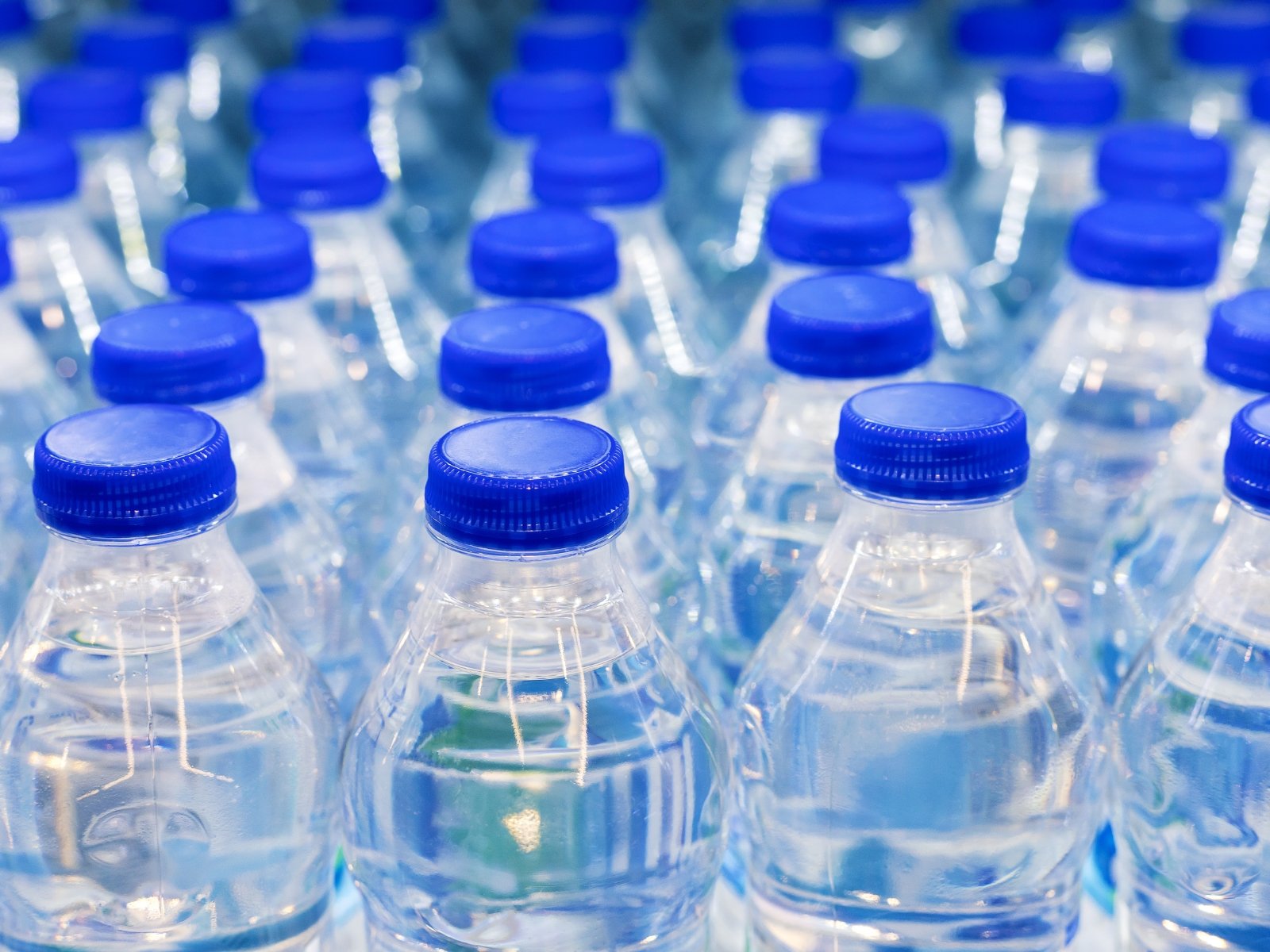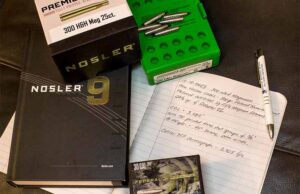Some of the links in this post may contain affiliate links for your convenience. As an Amazon associate I earn from qualifying purchases.
We all need water. In as little as three days without it, a person can perish. Every family should have water stored in case of an emergency. This guide walks you through the basics of properly storing water, answering common questions like how much to store, how to store it, when to change it, and what to do if you’re running out of time.

Having the capability to both store and effectively purify water is a crucial aspect of emergency preparedness and the development of an emergency food storage pantry. In fact, it’s so important it’s #2 on our 15 Commandments of Food Storage.
How much water do you need?
The first question on everyone’s mind is usually about how much water to store for an emergency. The American Red Cross has some guidelines but it’s important to keep your own circumstances in mind when planning:
- Storing 1 gallon per person per day, for drinking and sanitation. This is the minimum.
- Start with a 3-day supply and expand it to two weeks, if possible.
- Store extra for babies and pregnant and nursing mothers , as do those who live in a hot or dry climate.
- Store water for pets also.
The Survival Mom advises 2 gallons per person per day. Why? Think about your daily routine—drinking, cooking, cleaning, bathing, and more. You can even test carrying a gallon around for a day to see if it’s enough. There is a difference between the amount of water you absolutely need to have and the amount of water you need to make life comfortable.
Short term vs. long term water storage
Once you decide how much water per person per day, think about how many days’ supply you want. Short-term storage, like having three days’ (72 hours) worth, helps during temporary disruptions like power outages or pipe leaks. It’s a good start because it’s manageable and helps you get used to the routine. However, some disasters might require more and that’s where long-term storage comes in.
Long-term storage, which could be weeks or months of supply, is crucial for bigger disasters or when help might take longer to arrive. For instance, after a Cascadia Subduction Zone earthquake, it could take two weeks for outside help to arrive. Start with short-term storage to build your confidence and habits; it’ll make it easier to expand to long-term solutions later on.
How much do pets need?
As a general rule of thumb, estimate that a healthy pet will drink about one ounce of water per pound of body weight per day. Read more about creating a pet emergency kit here.
How should you store water?
When it comes to water storage, two primary options are commercially bottled water and food-grade containers.
Commercially bottled water
One of the easiest options is buying bottled water. It requires doing a little bit of math to figure out how many bottles you need, but generally about 8 bottles of water equal one gallon. If there are four people in your family, you’ll need at least 32 bottles of water per day. Cases usually have 24 bottles for a few dollars. For a basic week’s worth of water, you’d need just under 10 cases. Double that if you want 2 gallons a day per person.
Food grade containers
If you want to store water in containers, make sure they are food grade containers. Two-liter soda bottles are another option. Glass containers can be used, but are heavy and can break. WaterBricks are a great long term water storage container option, but pricey compared others. Milk and juice jugs are not recommended for use because the sugars and milk proteins cannot be completely washed off the containers and can lead to bacterial growth.
Containers should be thoroughly cleaned before being filled. You can sanitize containers by soaking them for at least 30 seconds in a mixture that is 1 teaspoon bleach in 1 quart of water.
Water stored in containers may need to be treated by adding some bleach before storage. Learn more about water purification options here.
Expert tips
You don’t spend all your time at home so be sure to store water at work and in your vehicles as well. I always have a case of water in our minivan as part of my vehicle emergency kit, and, with little children, it has come in handy for everyday life, not just traffic jams and emergencies.
During long power outages, you might not have running water at home because city water systems could stop working. It’s important to save every drop of water, so store containers for washing and cleaning. If you’re in a rural area, think about collecting water in big barrels or larger containers for a longer-term water solution. Also, consider buying a water purifier that you can use many times instead of tablets or bleach that will run out faster.
How often should you rotate?
Proper rotation of stored water involves swapping out both water and bleach supplies. Be sure to keep it protected from sunlight and other food storage enemies.
Water
For commercial water bottles, rotate them by the expiration or use-by date. For water you store yourself, rotate it every six months.
Bleach
Keep scent-free, dye-free bleach on hand for treating, sanitizing and purifying water. (Basically, you don’t want any additives in the bleach that could end up in your drinking water.) Bleach has a shelf life and starts to break down after six months. It needs to be replaced every 16 months. Rotate your bleach bottles frequently to ensure you have effective bleach on hand.
I don’t have water stored and the emergency is now!
If you haven’t stored up any water and the emergency is happening now, there are still some steps you can take.
If the water doesn’t come from a potable source, it must be purified. Do not consume any water or liquid that has a very unusual odor or color.
Frequently Asked Questions
Potential outside sources of water include rainwater, ponds, streams, lakes, and springs. Here are more methods for collecting water in rural areas. Outside sources of water need to be purified before drinking. Depending on your resources, timing, and the contamination of the water, boiling and/or iodine will treat many pathogens.
If the emergency involves contaminated water, you may need to shut off the main water valve to your home (Do you know where it is?). Be sure not to drink any possible contaminated water unless it has been purified, assuming that is possible. In the case of a chemical spill, it may simply be too dangerous to drink the water until the situation has been contained. And children are more susceptible to contaminated water than adults.
Related Water Storage Content

Final Thoughts
Water is essential for survival. This guide emphasizes the importance of every family storing water for emergencies. It covers the basics of water storage, including quantity, storage methods, rotation schedules, and last-minute preparations, to ensure you have this vital resource, and plenty of it, stored for your family.


















